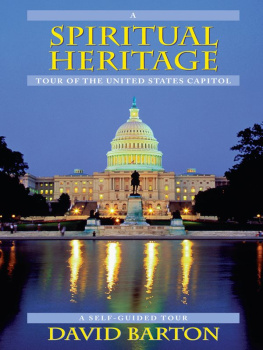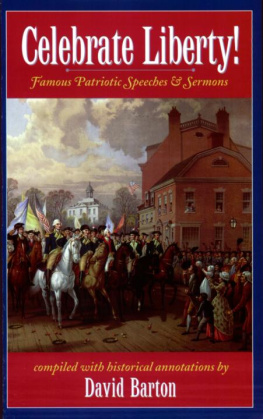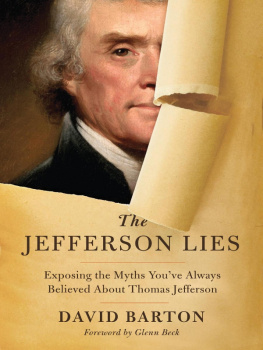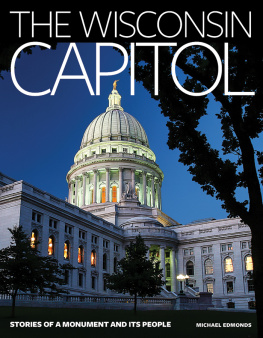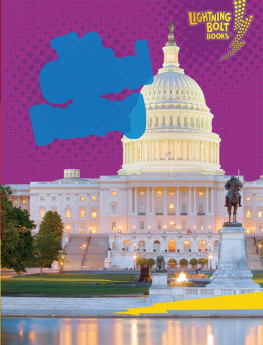
A Spiritual Heritage Tour of the United States Capitol
Copyright 2000, David Barton
2nd Edition, 3rd Printing, 2012
All rights reserved. No part of this book may be reproduced in any manner whatsoever without written permission of the publisher, except in the case of brief quotations in articles and reviews.
Additional materials available from:
WallBuilders
P. O. Box 397
Aledo, Texas 76008
(817) 441-6044
www.wallbuilders.com
Cover Design:
Jeremiah Pent
Lincoln-Jackson
838 Walden Dr.
Franklin, TN 37064
ISBN-10: 0-925279-71-4
ISBN-13: 978-0-925279-71-2
Printed in the United States of America
Table of Contents
A Spiritual Heritage Tour
of the United States Capitol
A Spiritual Heritage Tour of the United States Capitol
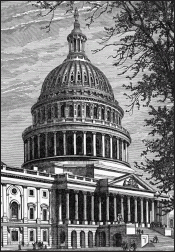
The Capitol building of the United States of America what a majestic edifice! This is one of a very few structures recognized the world over. In virtually any land, whoever sees a picture of this building knows it is the American seat of government!
This grand structure has been the scene of some of the most profound moments in Americas history. In its two centuries of use, this building has welcomed the voices of some of our greatest heroes, has survived some of Americas most desperate and foreboding dangers, and has witnessed important decisions affecting American life and culture.
Truly, many diverse stories record the heritage of this building. There are stories reflecting its architectural heritage, its political heritage, and its artistic heritage, but especially interesting are the stories reflecting its rich spiritual heritage. Because the spiritual heritage within this building is little known by most Americans today, this tour through the United States Capitol will highlight many of the stories and artifacts within the Capitol that confirm the deep roots of religious faith throughout American public life.
THE ROTUNDA
We will begin in the Rotunda. The Rotunda is in the center of the Capitol, and its entry is on the second floor. (Included in Appendix A is the floor plan of the interior of the Capitol, showing its rooms and floors. Please refer to the floor plan as the various rooms are discussed throughout this book.) The free-standing dome of the Rotunda is so tall that the Statue of Liberty could be placed inside and there would still be nearly 30 feet left above her torch!
When Congress first moved into the Capitol in 1800, the building bore little resemblance to the current one. In the mid-1820s the Rotunda was completed, and not until 1863 was the massive dome built atop the Rotunda. It required nearly 70 years of construction for the Capitol to become the familiar structure we recognize today.

THE CAPITOL IN 1800
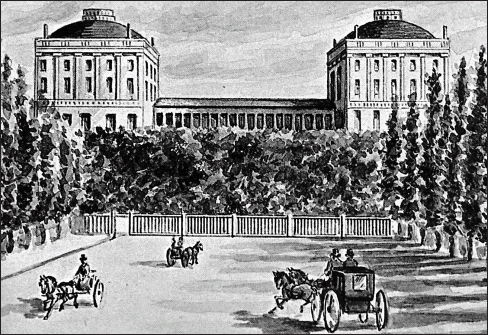
THE CAPITOL IN 1807. THE ORIGINAL CAPITOL (THE LEFT HALF) BECAME THE SENATE CHAMBERS. A WOODEN WALKWAY CONNECTED IT TO THE NEW HOUSE CHAMBERS (THE RIGHT HALF).
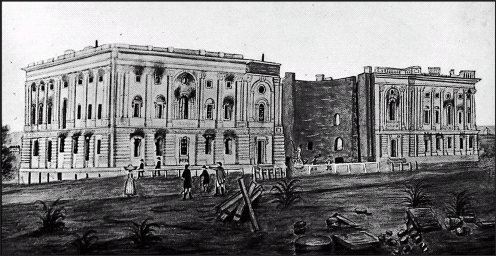
THE CAPITOL IN 1814 AFTER IT WAS BURNED BY THE BRITISH
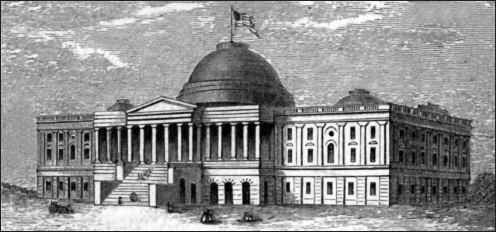
THE CAPITOL IN THE 1820S AFTER THE COMPLETION OF THE ROTUNDA

THE CAPITOL IN THE 1850S AFTER THE ADDITION OF THE HOUSE & SENATE WING EXTENSIONS

THE CAPITOL IN THE 1860S AFTER THE ADDITION OF THE DOME
When the Rotunda opened to the public in 1824, the first things to catch the eye both then and now were the massive oil paintings which adorn the walls of the Rotunda. There are eight paintings; each measures 14 feet by 20 feet; and each depicts an important event bearing on our history.
The four pictures on the east side depict the age of Exploration and Colonization; they were placed in the Rotunda between 1840 and 1855. The first is of Columbus landing in the Western World in 1492, depicting the prayer service held following his landing; the second is of DeSoto discovering the Mississippi River in 1541; the third is of the baptism of Pocahontas at Jamestown, Virginia, in 1613; and the fourth is of the Pilgrims in 1620, praying before departing from Holland to America. (Already, in just these four pictures, there are two prayer meetings and a baptism an early indicator of the religious heritage found throughout the building.)
The four paintings on the west side of the Rotunda were all in place in 1824 when the Rotunda originally opened; each represents an important event in Americas quest for independence. They include the Signing of the Declaration of Independence in 1776; the Battle of Saratoga in 1777 (Americas first major victory of the American Revolution); the Victory at Yorktown in 1781 (the last battle of the American Revolution); and George Washington resigning as Commander-in-Chief of the Continental Army in 1783.
PICTURES IN THE ROTUNDA

THE LANDING OF COLUMBUS IN 1492
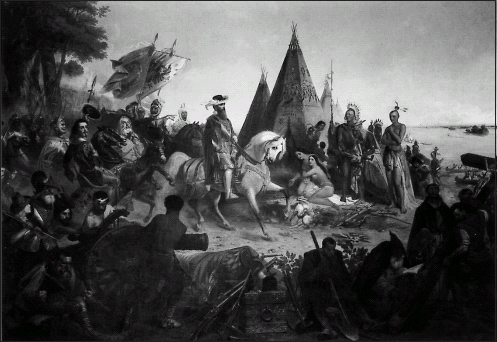
DISCOVERY OF THE MISSISSIPPI IN 1541

THE BAPTISM OF POCAHONTAS IN 1613
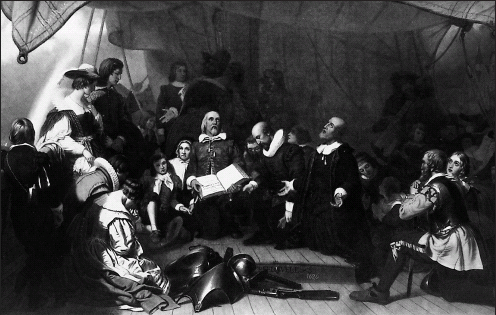
THE EMBARKATION OF THE PILGRIMS IN 1620

THE DECLARATION OF INDEPENDENCE IN 1776

SURRENDER OF GENERAL BURGOYNE AT SARATOGA IN 1777

THE SURRENDER OF CORNWALLIS AT YORKTOWN IN 1781
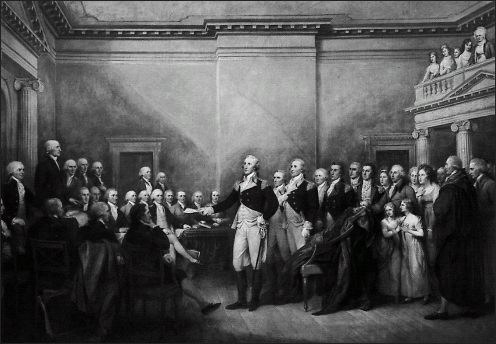
Next page
